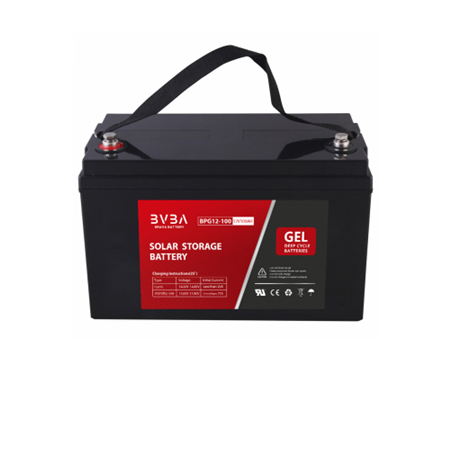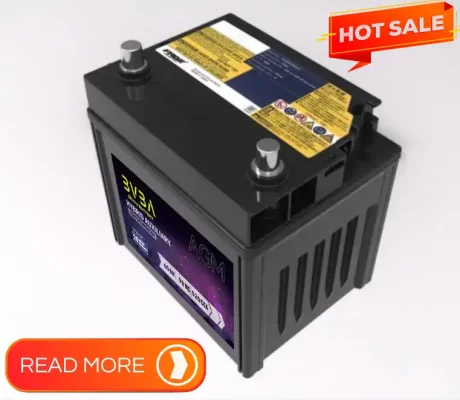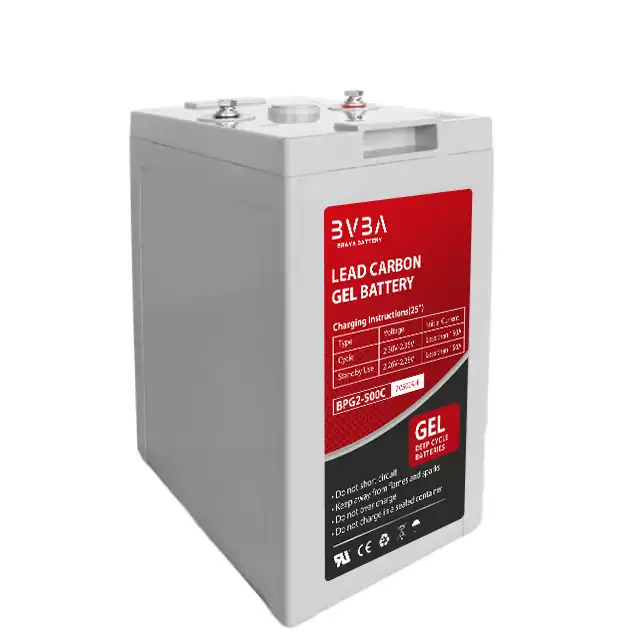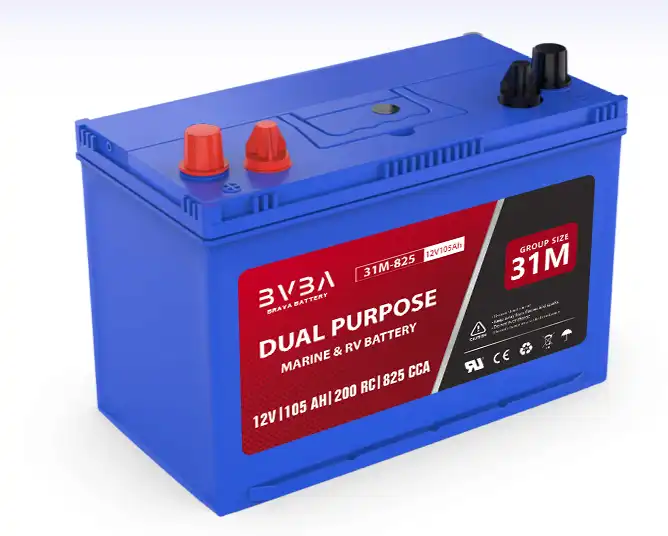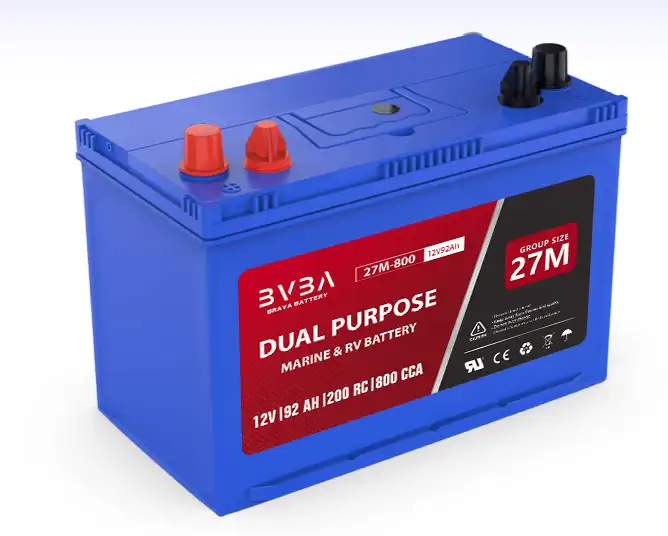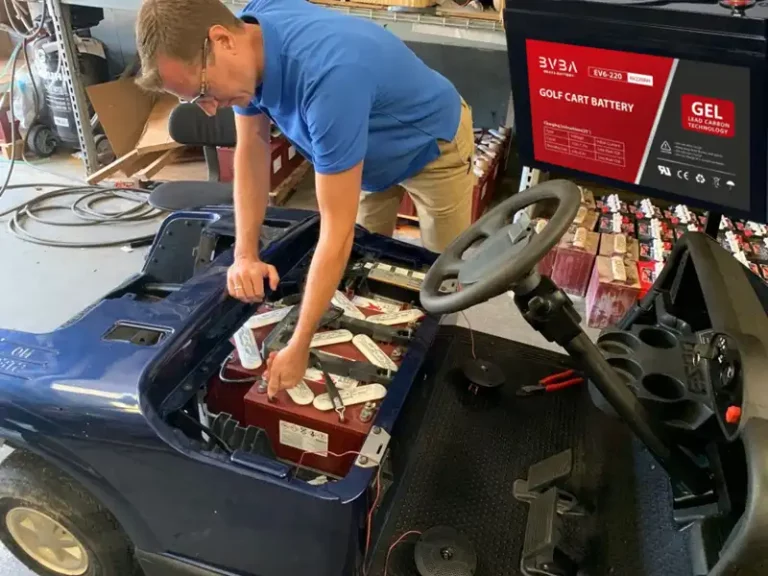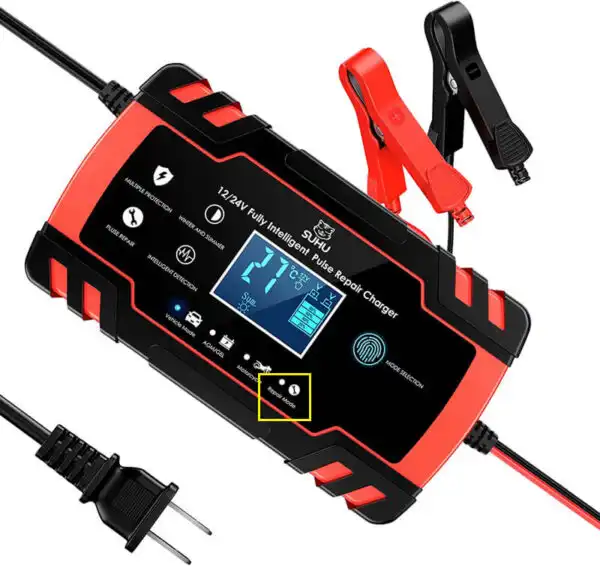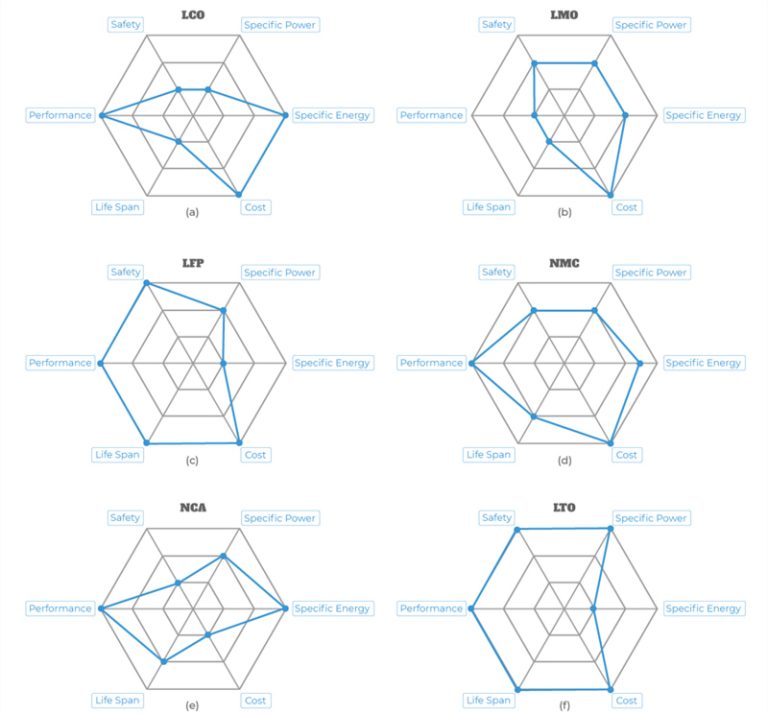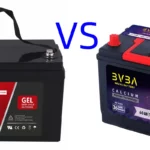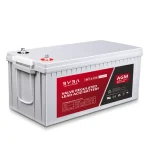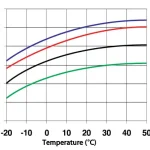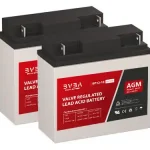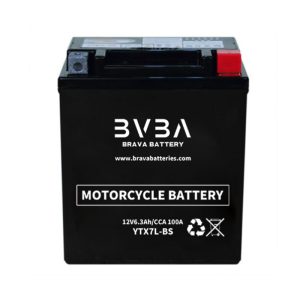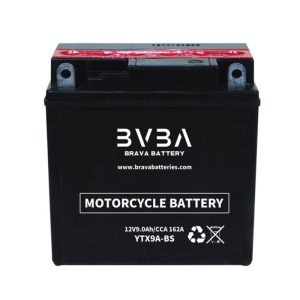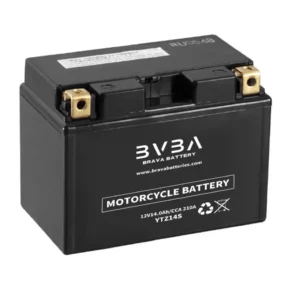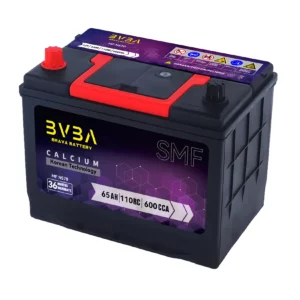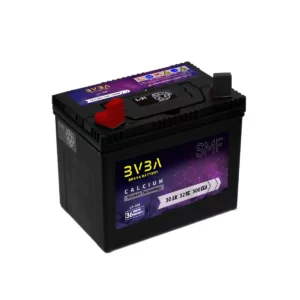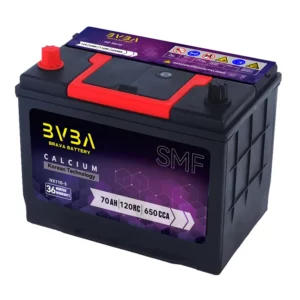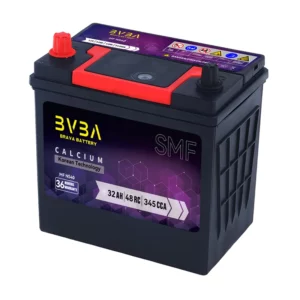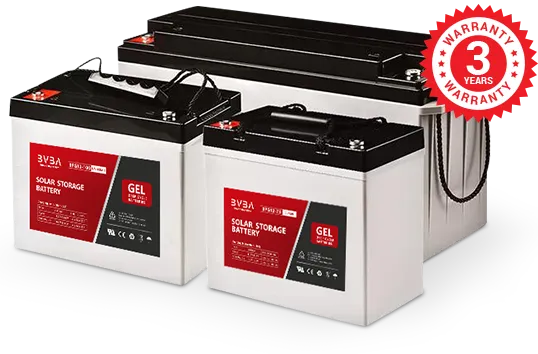12 Applications of Deep Cycle Battery:
- Cathodic protection, which might include marine use
- Other marine use, especially on a sailboat lacking power generation capability, generally smaller vessels
- Trolling motors for recreational fishing boats
- Industrial forklifts and floor sweepers
- Motorized wheelchairs
- Off-grid energy storage systems for solar power or wind power
- Power for instruments or equipment at remote sites
- Recreational vehicles
- Golf carts & other electric vehicles
- Traffic signals
- Uninterruptible power supply (‘UPS’)
- Audio equipment
For an RV, it’s essential to have proper deep-cycle batteries for your battery bank. These batteries will provide the dependable power you need under any conditions, something you’ll be grateful for at the end of a long road in the middle of nowhere. What are deep-cycle batteries? These are batteries whose design is optimized for regular deep discharges of power, perhaps even at very rapid rates by power-hungry appliances like induction cooktops, microwave ovens, RV air conditioners and RV refrigerators.
What is a Deep Cycle Battery
Deep cycle batteries, may look a lot like car batteries to people who aren’t familiar with them, but in reality, they’re quite different. A deep cycle battery is a lead battery designed to provide sustained power over a long period and run reliably until it is 80% discharged or more, at which point it needs to be recharged. It is important to note that although deep cycle batteries can be discharged up to 80%, most manufacturers recommend not discharging below 45% to extend the life of the battery.
The level of discharge is the “deep cycle” and stands in contrast to other types of batteries that provide only short bursts of energy before they need to be recharged. To be specific, a starter battery discharges only a tiny percentage — usually 2 to 5% —each time it is use.
When to Use a Deep Cycle Battery
Deep cycle batteries provide sustained energy, making them ideal for certain applications that require more than a quick start. Some of the most common uses for deep cycle batteries include:
- Marine applications
- Recreational vehicles
- Materials handling, including forklifts
- Golf carts
- Off-grid renewable energy
For some applications, particularly marine uses, hybrid batteries are another solution. A hybrid marine battery can offer both a starter burst and sustained power for marine applications, but tends to have a shorter lifespan than a battery with a dedicated role.
| Type | Advantages | Disadvantages |
| Flooded |
|
|
| Gel |
|
|
| AGM |
|
|
| Lithium-Ion |
|
|
What are the differences between a starting and deep cycle battery?
Generally speaking, there are two different types of lead acid batteries, Starting and Deep Cycle. If a starting battery is routinely deep cycled (discharged below 20%-50% of max capacity), it will generally fail after 30-150 cycles. The same starting battery will last for thousands of cycles if it is just used normally (2% – 5% discharge).
- Starting batteries are generally designed to start some form of an internal combustion engine (car, truck, boat, etc). In a starting battery, you will find more lead plates, thinner and often made of a lead “sponge” similar looking to a foam sponge. This sort of arrangement means that the plates have much more surface area in the solution than a Deep Cycle battery and allow them to draw larger currents much quicker than a Deep Cycle battery.
- Deep cycle battery, on the other hand, have much thicker plates and, they are solid, not sponge. These thicker plates have less surface area and thus less of the instant power that a starting battery needs. They are designed to be discharged down to 20% of their maximum charge repetitively. The thicker lead plates allow for this as they are much sturdier than their sponge counterparts.
- Cold Cranking Amps (CCA) is an indicator of the amount of current a battery can deliver for 30 seconds at zero degrees Fahrenheit without dropping below a specified cutoff voltage (normally 10.5 volts). The cranking amps a battery can produce changes with temperature. The warmer it is the more Cranking Amps a battery will produce.
You can use a Deep Cycle battery as a starting battery provided that you take into account the lower CCA of a Deep Cycle battery. As a rule of thumb, it’s a good idea to upsize the battery by about 20% to deliver the same amount of cranking amps from a deep cycle battery. Also, the self-discharge rate of Sealed batteries is a lot less than flooded lead acid types.
How long will the lead-acid battery last?
How long a battery will last depends hugely upon the way it is used and how well the battery is maintained. Both overcharging and undercharging will have serious adverse effects on the lifespan of a deep cycle battery. In particular, you can seriously shorten the lifespan of a battery if it is used in a deep cycle application that it was not designed for. An example of this would if you were to use an automotive starting battery as a deep cycle battery.
General expectations for batteries if deep cycled (these are just approximate guidelines):
- Starting battery (Automotive battery etc) : 3-13 months
- Marine Battery : 1-6 years
- AGM Deep cycle: 4-7 years
- Gel Cell Deep Cycle: 2-5 years
- Flooded Lead Acid Deep Cycle Battery (L16-RE etc): 4-8 years
The main things that you can do to ensure you get the maximum value out of your deep cycle batteries are to keep them maintained. This means keeping them watered to the appropriate level, trying to prevent them from discharging them more than 50% of their total capacity and having appropriate charging systems in place. The charging is of special importance because both over and undercharging will severely limit the life of your batteries, also if your batteries will see an extended period without being used you should ensure they are routinely checked, cleaned and fully charged before being stored. Also in some cases, it can be a good idea to put your batteries on a maintenance charge over long periods of disuse.
What does Equalizing my batteries entail ?
Equalizing a lead acid battery is the practice of applying a controlled overcharge in order to prolong the battery life, restore lost capacity and to make the battery more efficient. Batteries require equalization because as a battery is cycled (discharged and recharged) a small amount of lead sulfate remains on the lead plates. When you use a three stage charge the degree of sulfation is lessened, but not entirely eliminated. If this sulfate is left on the lead plates it will crystallize, once enough of these crystals have built up on the lead plates they can lead to lowered capacity and lower the amount of power the battery can produce. Also over the lifetime of a battery, the electrolyte solution can tend to stratify, forming layers inside the battery. This can cause the acid near the top of the cell to be more dilute than the acid at the bottom. An equalizing charge is essentially a controlled overcharging of the batteries which will allow the sulfate on the lead plates to recombine into sulfuric acid, it will also break loose any crystallized sulfate on the plates which will then fall to the bottom of the battery. It’s always a good idea to not fill your batteries before you equalize, the electrolyte will expand during equalization and if the batteries are too full they could overflow. There should be enough liquid to cover the plates and not much more.
Below is a table from Trojan batteries website detailing their recommended charge levels and durations:
| Brava Batteries recommended charger voltage settings: | |||||
| System Voltage | |||||
| Charger Voltage Setting | 6V | 12V | 24V | 36V | 48V |
| Daily Charge | 7.4 | 14.8 | 29.6 | 44.4 | 59.2 |
| Float | 6.6 | 13.2 | 26.4 | 39.6 | 52.8 |
| Equalize | 7.8 | 15.5 | 31.0 | 46.5 | 62.0 |
Important things to note before equalizing your batteries:
- Any DC loads on the batteries should be turned off, the greater than the normal voltage that occurs during equalization can cause damage to anything attached.
- Leave the caps on the cells, these caps are vented and will prevent your electrolyte splattering onto the top of the battery. Sometimes laying a paper towel over the tops of the batteries can be a wise precaution also.
- If a battery starts to “spit” acid stop the charging process immediately
- Batteries should be fully charged and at room temperature before you equalize
Equalizing steps:
- Make sure the batteries are fully charged, at an even temperature and are flooded acid.
- Take off any loads from the batteries
- Connect your charger
- Set the charger for the correct voltage
- Start to charge your batteries
- The batteries should begin gassing and bubbling
- Take specific gravity readings every hour or so
- When the gravity values no longer rise during the gassing stage the equalization is complete
How to Read Deep Cycle Battery Specs
A deep cycle battery is rated by the number of complete cycles that it will provide, as well as the depth of discharge that is allowable, and the amount of amperage that it will produce steadily. For instance, a deep cycle battery listing will tell you that it produces 75 Amp-Hours for a period of 20 hours, and is rated for 1000 full cycles at 80% depth of discharge. These numbers tell you how long the battery will last, how far you should be discharging the battery, how long you can expect to go before you need a battery replacement, and what kind of power you can expect in the meantime. With an ignition lead acid battery, the rating that matters most is the cold cranking amps (CCA), which only tells you how much power the battery can produce in a single burst at 32 degrees.
Charging a Lead acid Battery
When charging a lead acid battery the charging takes place in 3 stages. Bulk, Absorption and Float, this is why some chargers are referred to as being 3-Stage.
The Bulk Charge:
This is the first stage of 3-stage battery charging. The charger sends the current through to the cells at the maximum safe voltage they can handle. There is no correct voltage on this, but generally, it ranges from 10.5 to 15 or so volts. This stage charges the battery up to somewhere near 80% to 90% of its capacity.
Absorption Charge:
During this second stage of the charging cycle, the voltage remains constant then gradually lowers as the internal resistance in the battery increases as it charges. This is the stage that the charger will generally put out the maximum voltage that it can and is generally around 14.2 to 15.5 volts.
Float Charge:
After the battery reaches its full charge during the absorption phase of charging the charging voltage drops down to around 12.8 to 13.2 volts in order to reduce gassing and prolong the life of the battery. This stage is also sometimes referred to as a “Maintenance Charge” which is left on the whole time the battery is not being used so as to ensure that the battery is fully charged and able to function a tit’s full capacity when it is needed.
Deep-Cycle Battery FAQ
Q: How do I charge these batteries?
A: All of these batteries require a battery charger of some type (like a converter/charger, inverter/charger, solar charge controller, etc.) that is set to the correct charging profile for that type and model of battery. You cannot assume that just because a battery charger has an “AGM” mode that the charger will adequately charge your AGM battery, it must have the voltage setpoints (if adjustable) set to the correct voltages for each type of charging cycle. Check the specifications for your battery to find the manufacturer’s recommended voltages.
Q: Where should the RV battery bank be located?
A: We recommend you locate your RV house battery bank in a sealed battery box in the interior of your camper van, preferably vented to the outside (lithium batteries do not require a sealed or vented box). If you keep your batteries around average room temperature, not cold or hot, they will serve you for a long time. Having an interior battery bank will also minimize the lengths of your wiring runs, which will keep voltage drop low and save you money on materials.
Q: How can I connect batteries together?
A: Batteries can be connected in series or parallel configuration, depending on whether you need to a certain voltage for the battery bank. Most RV battery banks are 12-volt banks, so they have 2 6-volt batteries wired in series, or 2 12-volt batteries wired in parallel. Many 6-volt deep-cycle lead-acid batteries have thicker plates than 12-volt deep-cycle batteries, so they can last longer. Batteries should be physically connected with very thick battery cables sized accordingly, often with 2/0 or 4/0 battery cables.
Q: Can I connect different batteries together?
A: No – any batteries connected together should be of the same type, model and capacity, and the same age. They should also be in one location, and with identically-sized wiring (both in wiring gauge and length) to the charging source. An exception to this is that your camper van engine starter battery can be connected to the house battery bank with a battery isolator, battery combiner or charging relay, so that the house bank can be charged via the alternator or the engine battery charged via solar.
Related Products:
Related Products Application:
Start-Stop AGM Battery Applications
7 Applications of Long Life AGM Battery
gel battery application
Related Posts:
What is deep cycle LiFePO4 battery?
Lithium, GEL, AGM battery: which type for which use?
Deep Cycle Batteries Guide
AGM Deep Cycle Batteries Vs GEL Deep Cycle Batteries
DEEP CYCLE GEL BATTERY GUIDE
What is the Deep Cycle Gel battery?
Download Product Datasheet BPG12-100
Tips: more detail information,for deep cycle GEL battery.
Go to the product: deep cycle batteries
Tag in this article: #Deep-cycle Battery
Tips: more detail information, for deep cycle batteries.

